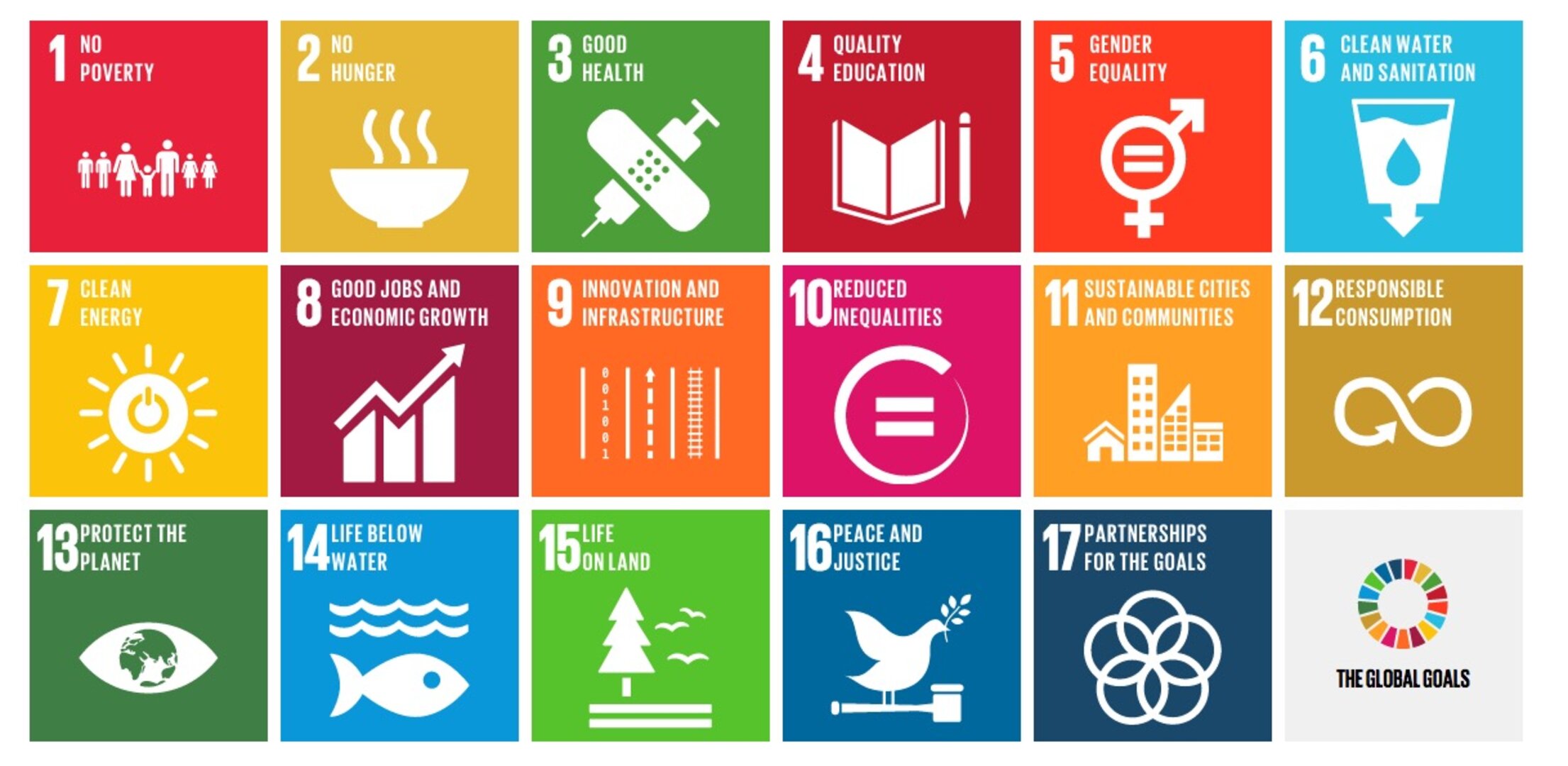
There are over 9 carbon project types – careful analysis is important
Understanding project classes
Projects contribute towards a net-zero environment by either avoiding or removing harmful emissions. Both classes of project play a vital role in decelerating the increase in emissions worldwide, but also in ridding the atmosphere of existing carbon dioxide (CO2) and other greenhouse gas emissions.
- Projects avoid CO2 emission when they switch from traditional energy sources (e.g., fossil fuel) to renewable energy sources (e.g., hydro, wind, solar, biomass) or recover and destroy fugitive waste gases (e.g., methane gas from animal manure).
- Removal of CO2 can take place in nature (e.g., reforestation) or via technology (e.g., direct air capture machines) where CO2 is actively filtered out of the atmosphere.
Most common project types
Projects vary from established methods, including improved forest management and REDD+ (Reducing Emissions from Deforestation and Forest Degradation), to newer project types, including nature-based (e.g., enhanced weathering) and technological (e.g., direct air capture) innovations. The most common types are:
- Agriculture: Improving and innovating traditional practices can result in the avoidance and reduction of harmful emissions. This includes activities such as improving soil health (e.g., via biochar), reducing fertilizer use, and capturing methane emissions from livestock.
- Chemical processes: The focus is on reducing CO2 emissions from the production of chemicals, such as plastics and fertilizers. This includes capturing and reusing CO2 emissions (e.g., recovery and destruction of ozone depleting substances).
- Direct air capture: Large air vents filter out CO2 from the atmosphere and turn it into a solid state via a chemical reaction. The solid formation can be stored permanently. These projects can be expensive and technically challenging to implement, but innovation and increasing demand will make this a key pillar in the carbon market.
- Enhanced weathering: This recent methodology focuses on accelerating the natural process of CO2 removal that takes place when rock decays (via exposure to rain, wind, heat, and time). Grinding rock (such as basalt) into powder results in faster decomposition due to the increased surface area and exposure of the rock to rain and wind. This process binds CO2 from the atmosphere and can take place inland (forests, fields, agriculture) or on coastlines. In either case, it is eventually flushed into the oceans, where it drops to the bottom as solid rock formation.
- Forestry and land use: The goal of most projects is to increase and protect forestry, as trees actively remove CO2 from the atmosphere. This was historically the most common project type, but demand has shrunk due to other project types being more reliably certified.
- Household and community: Typical projects in this category focus on reducing firewood consumption by switching to more efficient stoves and clean water sources, or by replacing firewood altogether with energy from biodigesters.
- Industrial manufacturing: These projects focus on avoiding CO2 emissions by detecting leaks and repairing industrial gas systems, capturing waste gases, and catching methane from mines.
- Renewable energy: Projects generate electricity from renewable sources such as solar, wind, or hydropower, reducing the need for fossil fuels and therefore avoiding CO2 emissions. Renewable energy projects can be particularly effective in areas without access to reliable electricity, and can provide additional benefits such as job creation and economic development.
- Waste management: Landfill gas capture projects involve capturing and burning methane emissions from landfills, reducing their greenhouse gas impact.
It is important that you carefully evaluate the characteristics and impact of different types of carbon projects to ensure that you are making a meaningful and effective contribution to climate action.
Reach out to our team to discuss these in more detail or to review our selection of projects.


